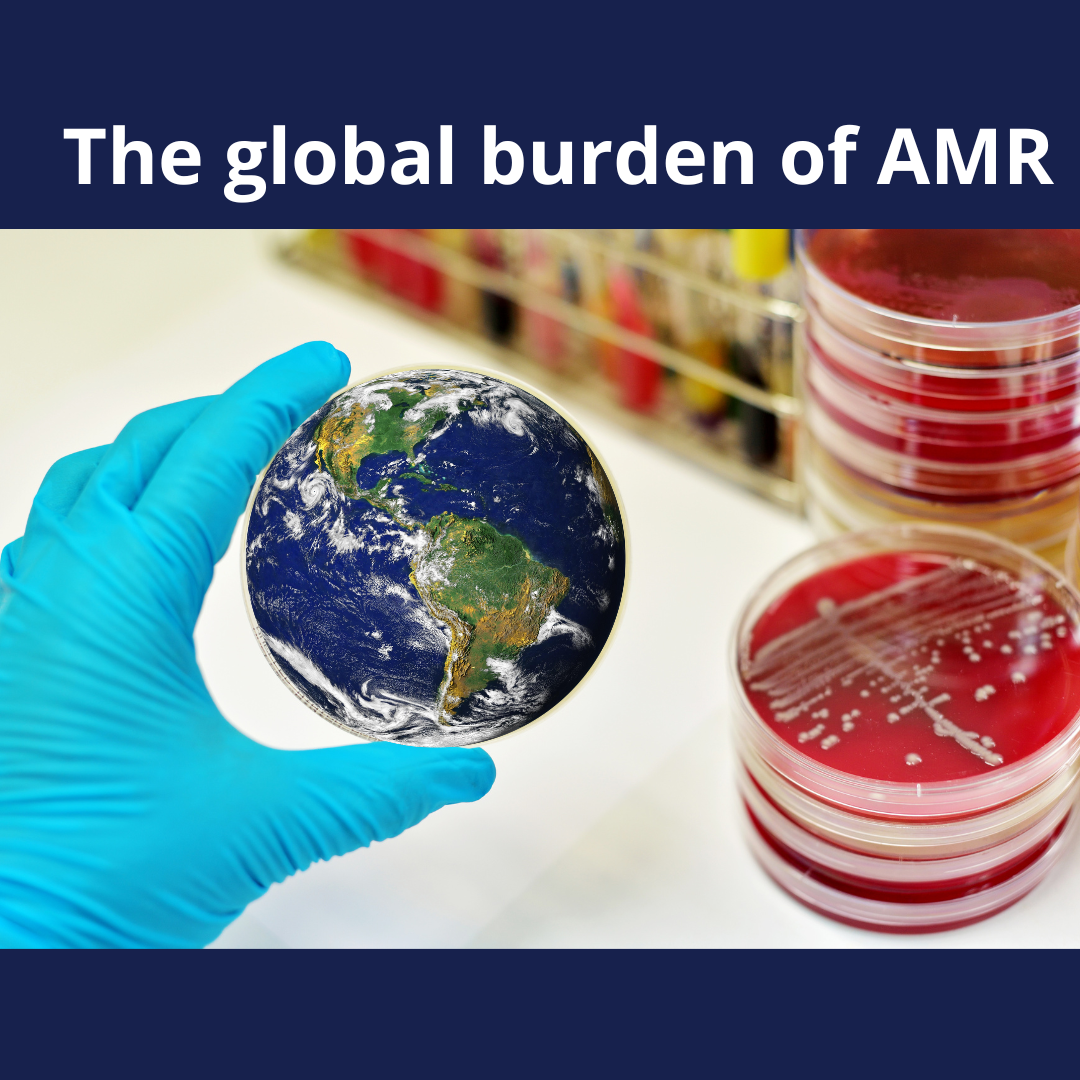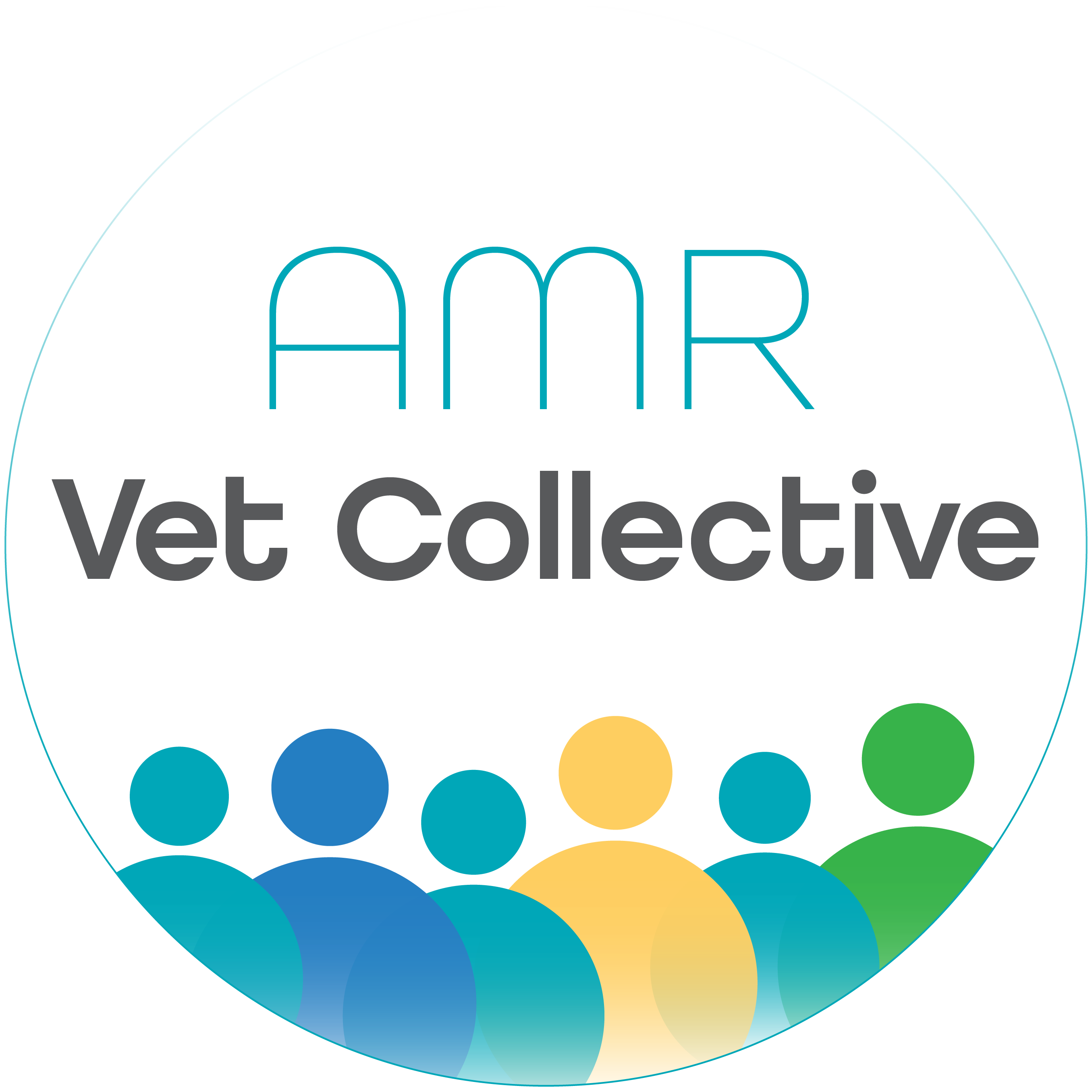The global burden of AMR
2022-08-12Global estimates to help us look at the big picture

The global burden of AMR
While the world’s attention has been focused on COVID, the impacts of antimicrobial resistance have continued, with attention being diverted in the stress and confusion. It’s been like the global equivalent of a dog with cancer who’s been hit by a car – the acute problem is most likely to cause short term issues or in the worst-case scenario death. However, it’s the lurking problem which has insidious longer-term consequences.
It is important for us to know the magnitude of the problem of AMR, so that we can understand WHY we are working so hard in our own areas to implement good stewardship and use antimicrobials responsibly.
So, just how much of a global problem is AMR? How can we define it and how do we help our colleagues and clients to understand?
A recently released systematic analysis gives some confronting insights into the global burden of AMR in 2019, based on data from 204 countries and territories. The analysis estimated deaths and disability-adjusted life-years (DALYs) attributable and associated with bacterial AMR.
The estimates reported in the paper focused on 23 pathogens and 88 pathogen-drug combinations and used predictive statistical modelling to produce estimates of AMR burden for all locations.
Some major findings of the analysis were that in 2019:
- It was estimated that 4.95 million deaths were associated with bacterial AMR – that is AMR was seen to play a role, and within these, 1.27 million deaths globally were directly attributable to resistance.
- In good news (for us), Australasia had the lowest estimated AMR burden, with 28.0 deaths/100,000 associated with AMR and 6.5 deaths/100,000 attributable to AMR.
- However, there was a much higher burden of AMR in low-income countries, with 114.8 associated deaths (27.3 attributable)/100,000 in Western sub-Saharan Africa.
- Deaths were most commonly due to lower respiratory tract infections, bloodstream infections and intra-abdominal infections.
- The six main pathogens leading to death associated with resistance (in order of importance) were Escherichia coli, Staphylococcus aureus, Klebsiella pneumoniae, Streptococcus pneumoniae, Acinetobacter baumannii and Pseudomonas aeruginosa.
- In high income countries, almost half of the burden of AMR was associated with S. aureus and E. coli.
- In the next six highest pathogen-drug combinations listed, ones of interest to veterinarians based on antibacterial classes are third-generation cephalosporin-resistant coli, fluoroquinolone-resistant E. coli and third-generation cephalosporin-resistant K. pneumoniae.
- MRSA caused more than 100,000 deaths directly attributable to AMR.
- Resistance to fluoroquinolones and beta-lactam antibiotics accounted for more than 70% of deaths attributable to AMR across pathogens.
- Young children were reported to be most at risk globally, with about 20% of deaths linked to AMR being in under 5-year-olds.
So, overall, what does this study show?
Well, it clearly shows that AMR is a major issue for global health. The magnitude of the issue varies between geographical regions, but resistance has been shown to be high for multiple classes of essential agents (such as fluoroquinolones and beta-lactams) that are used commonly the world over.
How can we (veterinarians in Australasia) help?
Don’t look away!
While Australasia returns the best ‘report card’ in this analysis, we need to continue to work hard to keep it that way. All actions taken in response to AMR have the same focus, whether targeted at global health policy or making decisions in veterinary practices. And, while decisions made at a local level might feel like a drop in the ocean, they can actually be very powerful in terms of changing sentiment and contributing to broader change.
Good infection prevention and control, use of available vaccines (for bacterial diseases and also viral diseases to prevent secondary bacterial infection), optimising prescribing decisions and effective AMS are foundational.
Our aim through the AMR Vet Collective is to help you make informed, evidence-based decisions every day. The online Vet AMS program provides a solid grounding implementing a practice-based AMR response.
